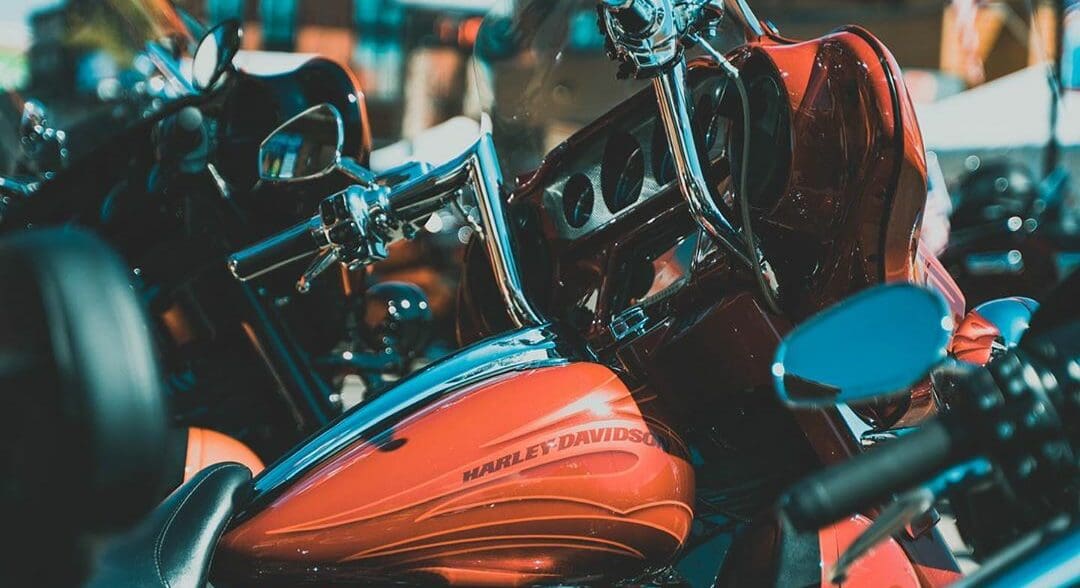How Bad Are the Numbers?
The scientific community warned us that large gatherings—like the Sturgis Motorcycle Rally—could be super spreader events of the COVID-19 virus. According to a new study by the IZA Institute of Labor Economics, more than 250,000 cases of COVID-19 can be connected to the Sturgis Motorcycle Rally.
That not only puts thousands of people at the mercy of the virus, but it also has a dramatic impact on public health costs. “We concluded that the Sturgis Motorcycle Rally generated public health costs of approximately $12.2 billion,” the report stated.
This was not the intended outcome for the rally. Event organizers knew there was a risk and did take measures to help reduce the spread of COVID-19, including free testing areas. However, it’s clear that few people at the rally were following social distancing rules and wearing masks.
The University of Colorado Denver, Bentley University, University of California San Diego, and San Diego State University used anonymized cellphone data from the rally to track the foot traffic at restaurants, bars, hotels, and shops, according to Market Watch. This data revealed that foot traffic increased by 90 percent during the event. At the same time, stay-at-home behavior decreased by residents of the area by about 11 percent.
This should come as no surprise. Of course, foot traffic is going to go up during a big event. Also, it makes perfect sense that residents in the area would go out, many of them likely have jobs or activities connected to the rally. What’s more important is data from the Centers for Disease Control and Prevention that found attendees of the rally spread cases both locally and in their home counties.
This means that all the folks who visited the rally likely spread it while going home and once home. Again, this should come as no surprise. The researchers said there are a total of 263,708 cases that can be tied to the Sturgis Motorcycle Rally. It’s worth noting that tracking this kind of data is not easy, so there’s always the chance that it could be inaccurate.
How Accurate are the Numbers?
It’s worth noting that while hundreds of thousands of cases have been attributed to the rally thanks to this study, at this time, few deaths have been connected to the rally. The large number of cases connected in the study also doesn’t align with other numbers reported.
According to USA Today, the South Dakota Department of Health reported only 124 cases among South Dakota residents that attended the rally. The Associated Press identified only 290 cases from 12 states tied to the rally.
Also, South Dakota Governor Kristi Noem has criticized the study. “Under the guise of academic research, this report is nothing short of an attack on those who exercised their personal freedom to attend Sturgis,” Noem said in the statement. She pointed to the fact that it was not peer-reviewed
This is a notable criticism, we should never take one study as gospel without it being fully vetted by others in the scientific community. Andrew Friedson, one of four authors of the study, even expressed the difficulty of accurately tracking the true numbers of the study to USA Today.
“We’re never going to be able to contact trace every single person from Sturgis,” Friedson said. “So if we want a good-faith estimate using, at the moment, the accepted statistical techniques.” However, he did say that he believes this is the “best number” we’re going to get.
South Dakota Secretary of Health Kim Malsam-Rysdon disagrees with the methodology of the study. She disputed the idea that cellphone data and cases can be connected accurately. She also said that the estimated $12.2 billion in health care costs is questionable.
That number was developed using an average cost of $46,000 per case. This works for the model of making an estimation, but in reality, the cost could be far different than that, especially because healthcare workers are getting better at treating COVID-19 patients. While some treatments for patients could be more than the average cost, plenty of others could require no treatment at all or only some treatment.
The simple fact of the matter is that we will likely never know how many cases can be attributed to the 2020 Sturgis Motorcycle Rally. Because it’s so hard to contract trace a large event like this, it’s impossible to get a true number. The models like the one used in this study can give us an idea, but they will never be 100 percent accurate.



